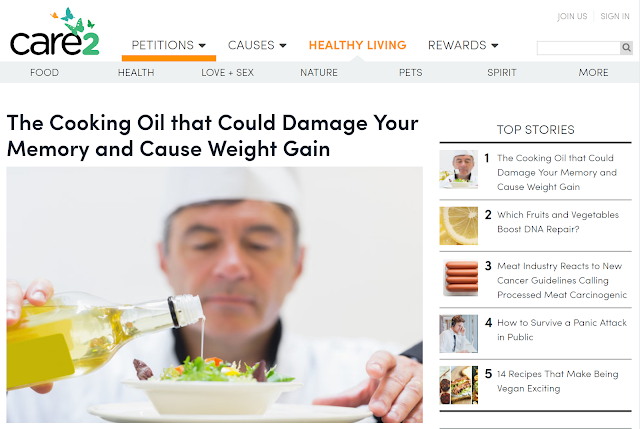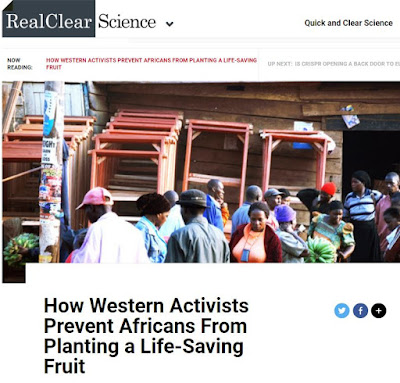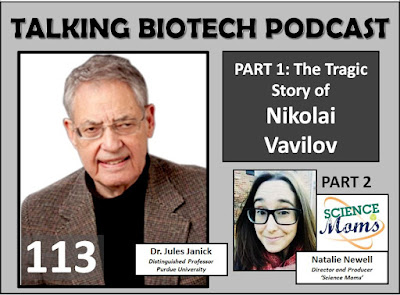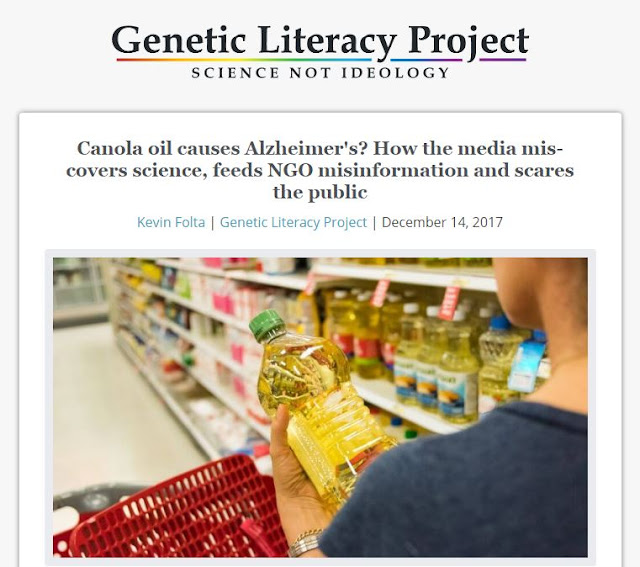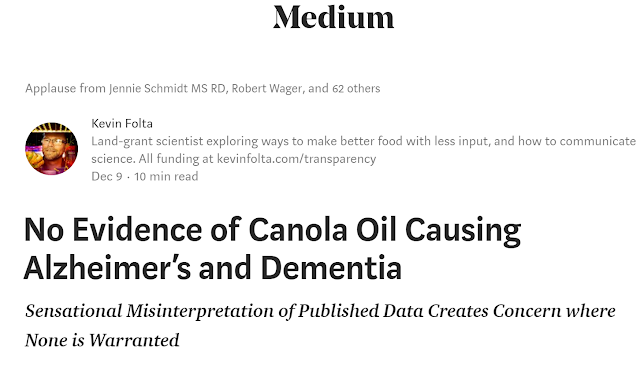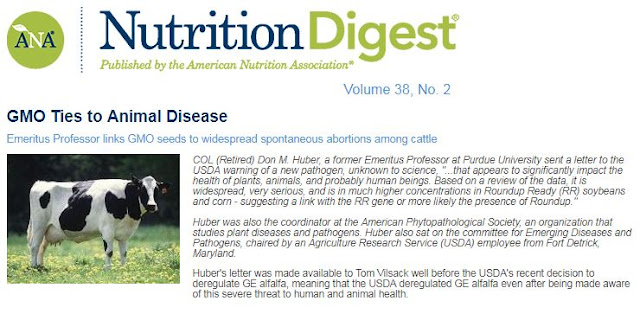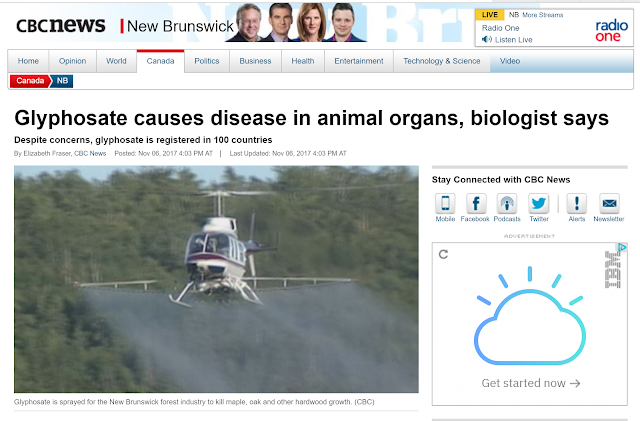Biotech Fights Peanut Carcinogen

Aflatoxin is a potent carcinogen. It is produced by a fungus that grows readily on corn and peanuts, known in the Developing World as 'groundnuts' (which makes more sense IMHO). Billions of people suffer from chronic exposure. Dr. Dilip Shah was part of a team at the Danforth Center that created solutions to solve this problem. On this week's podcast we talk about those solutions, and how they may lead to better health around the world.
